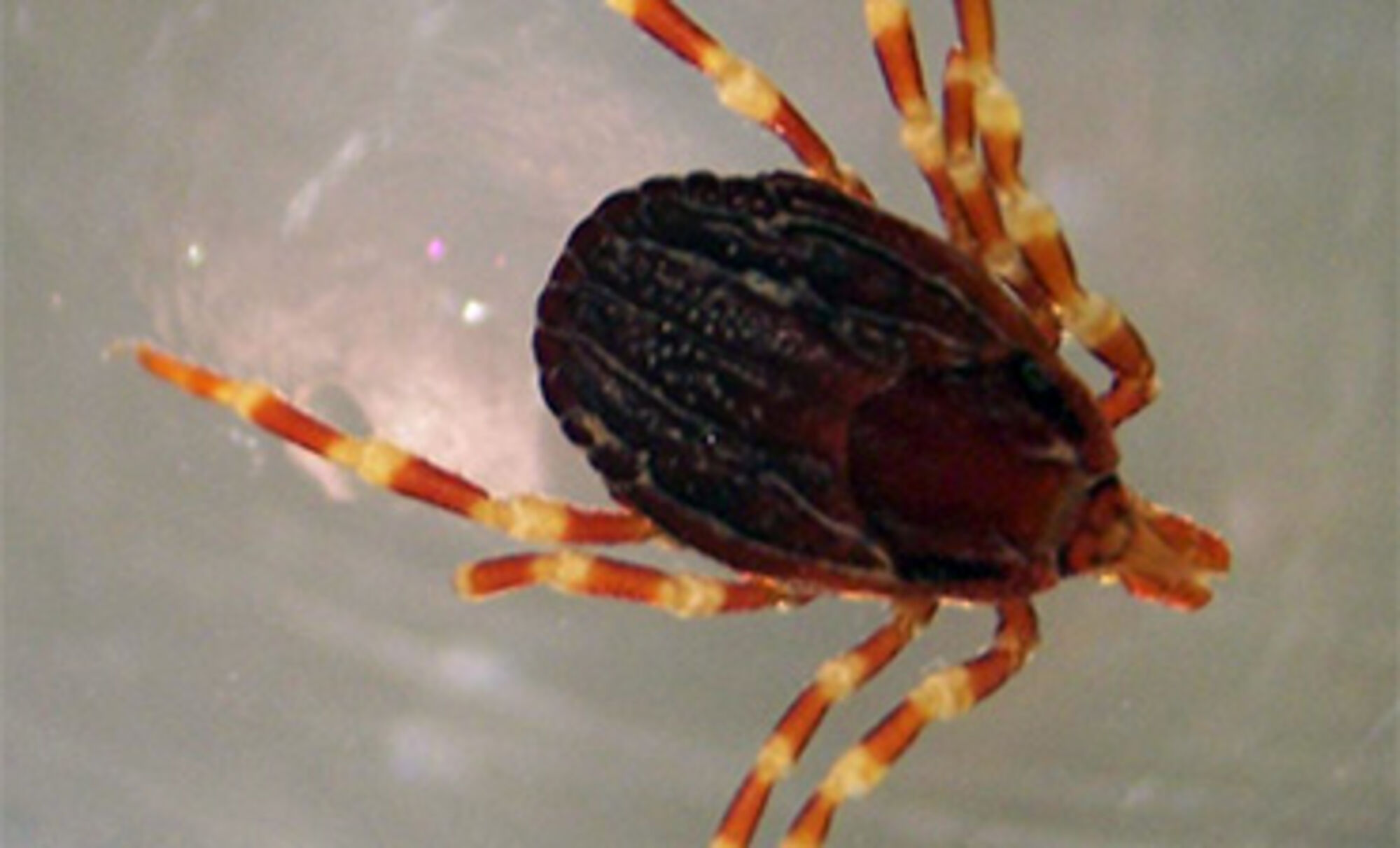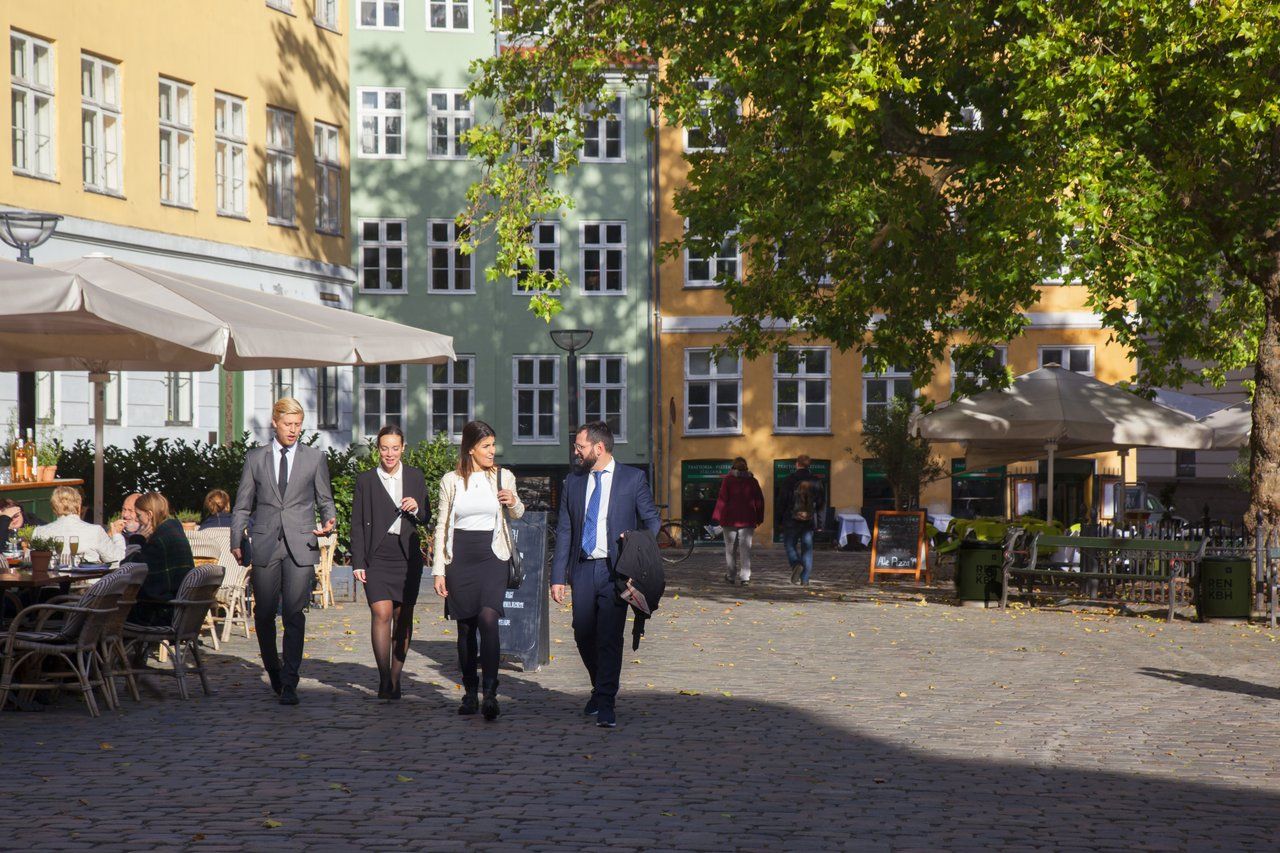The noble ancient Danish ash trees are being severely threatened by an aggressive fungus that causes ash dieback, a chronic fungal disease characterised by leaf loss and crown dieback.
Stig Egede Hansen, a forester from Stiftelsen Sorø Akademi in Funen, estimates that the vast majority of ash trees have disappeared in Denmark in recent years.
“I can see how the trees are suffering from crown dieback. There is still some life in some, but many are dead,” Hansen told Berlingske newspaper.
“I would estimate that 90 percent of our ash trees have disappeared, and it’s taken just six to seven years.”
The fungus Hymenoscyphus fraxineus breaks down the leaves and shoots of the trees, often leaving the crowns of the trees completely dry and bare.
The fungus began moving into central Europe from the east about 20 years ago, most probably carried by the winds. Because the European ash didn’t have any natural defence against the fungus, the spores spread quickly from forest to forest and across borders.
READ MORE: Aggressive tree disease could cost millions
Bad news beetle
Today, an area of forest upwards of 2 million square kilometres, from Italy in the south to Norway in the north, has been stricken by the disease, and most trees are either dead or have been cut down.
According to Danish research, a small percentage of ash trees look to be able to withstand the fungi attacks due to a genetic variation, but unfortunately, there is another invasive threat on the horizon: the Asian Ambrosia Beetle.
“It’s a fantastically beautiful bark beetle, but one that inflicts terrible damage,” explained Erik Dahl Kjær, a professor from the Department of Geosciences and Natural Resource Management at the University of Copenhagen (KU).
The beetle, which has already annihilated millions of ash trees in the US, hasn’t arrived in Denmark yet, but it has spread to areas near Moscow. It is currently moving west at a rate of about 50 kilometres every year towards Belarus and Ukraine, so it’s only a matter of time before it hits Danish shores.
“The ash tree is a key species in Denmark, because there are many insects and animals that thrive and are connected to it. So if it becomes extinct or if there are very few remaining, it will become a problem for all the other species that are at home here,” said Kjær.















